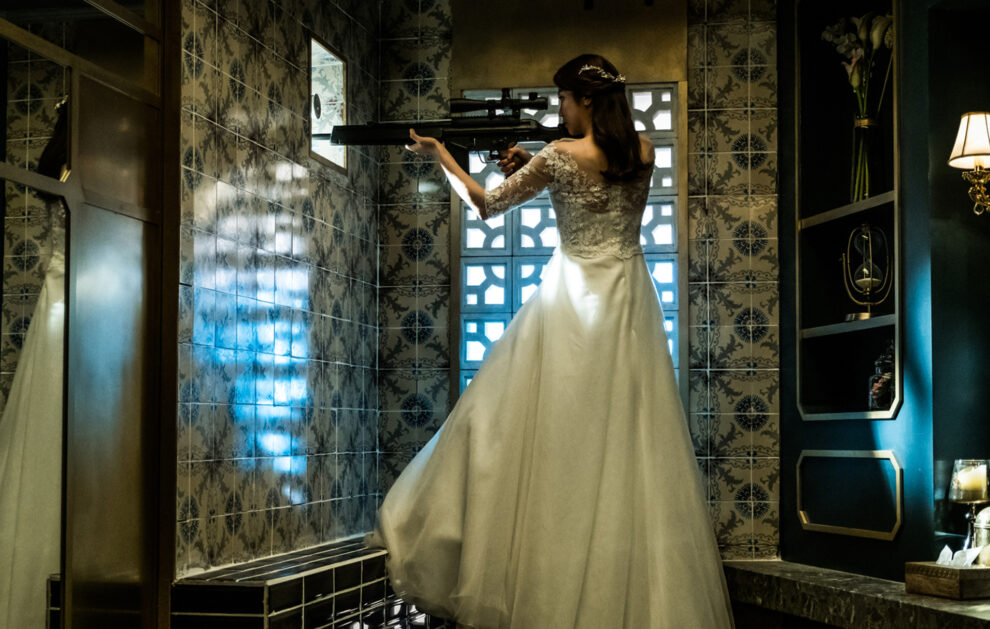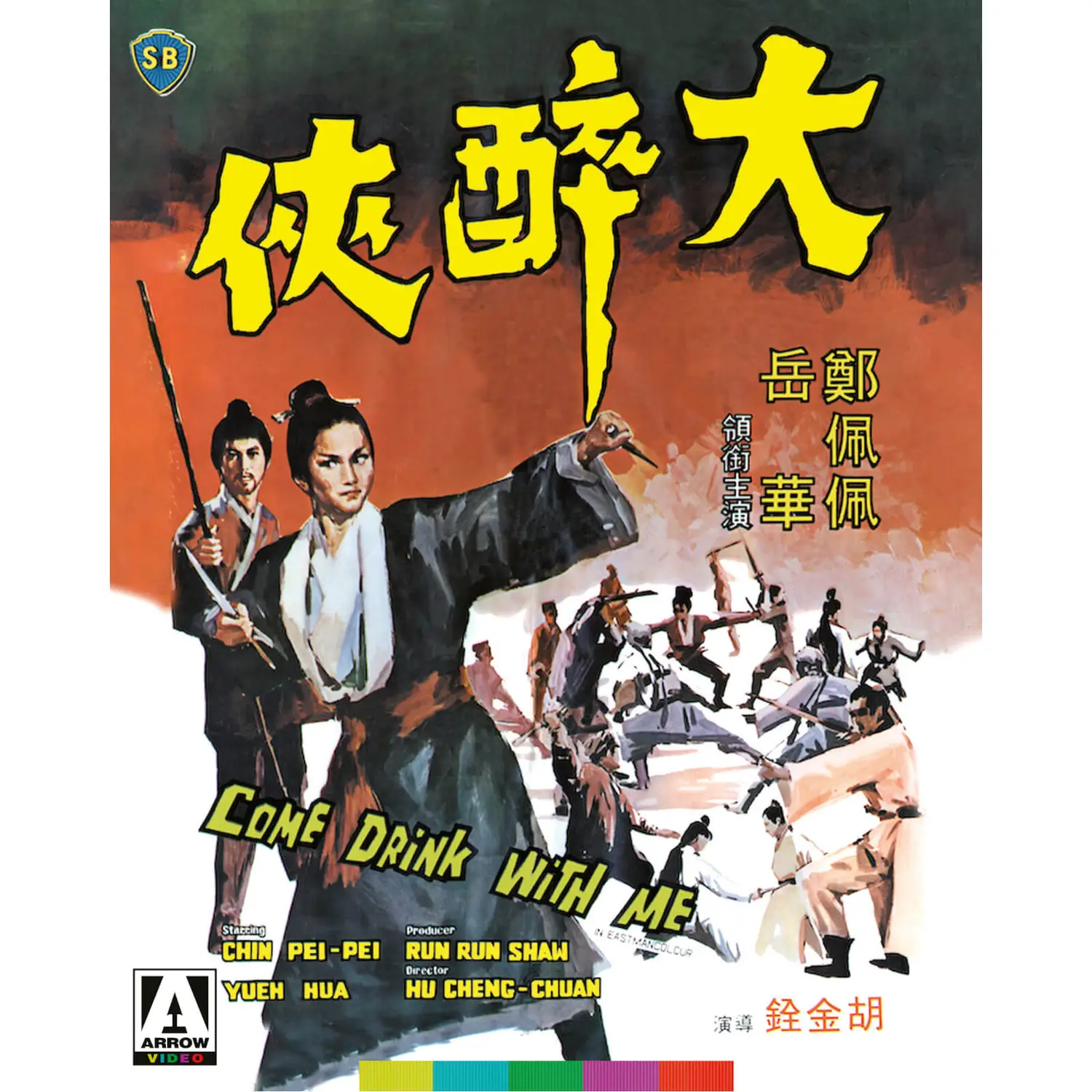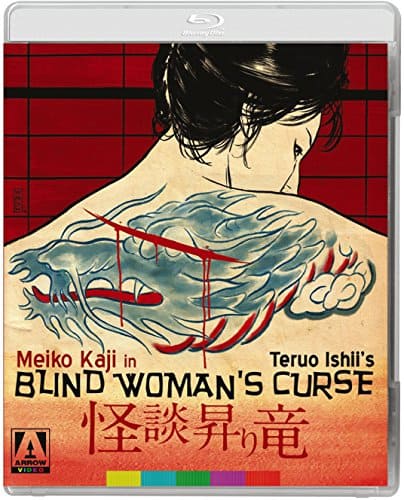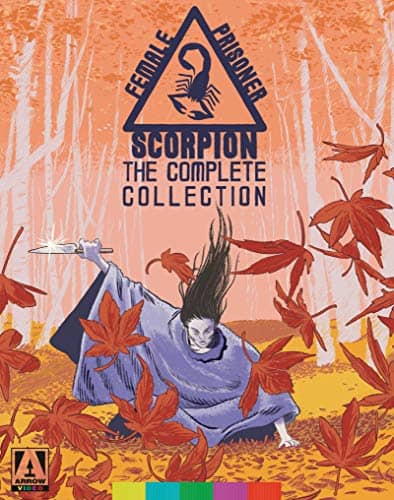The concept of action movies starring female protagonists was quite prevalent in East Asian cinema during the 70s and 80s but toned significantly down after that. However, lately, and as the epicenter of action movies moved towards ASEAN countries, it surfaced once more, as the fact that women can also can add an element of sex appeal to the action worked for a number of filmmakers. At the same time, the concept was not restricted to action movies, but also extended to art ones, as a couple of the movies in the following list will eloquently highlight.
Without further ado, here are 40 Asian movies where the action mostly derives from women, in chronological order.
1. Come Drink With Me (King Hu, 1966, Hong Kong)
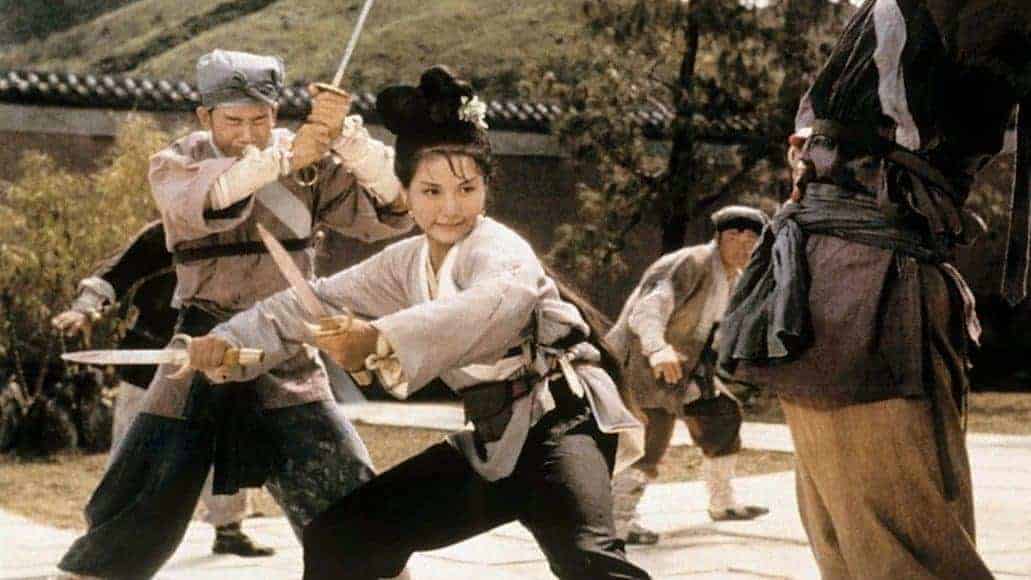
That also comes from the story storyline. Co-written by director Hu and Ting Shan-hsi, ‘Come Drink' includes poignant drama into the mix as well as the action. Each of the characters has something unique to bring to their battles. Golden Swallow suddenly finds herself overcome with doubt after being hit with a poison dart and left for dead. Drunken Cat is spoiled by his vow not to harm his brother. Tiger is a calculating yet graceful villain who is just as dynamic as the two heroes. This brings a different feel alongside the already vibrant fighting style, which creates a poignant story. The rest of the narrative consists of a simple story of revenge concocted as an excuse to engage in numerous hand-to-hand brawls or sword-fights along the way, as everyone comes together to fight each other. (Don Anelli)
Buy This Title
by clicking on the image below
2. Vengeance of the Phoenix Sisters (Chen Hung-min, 1968, Taiwan)
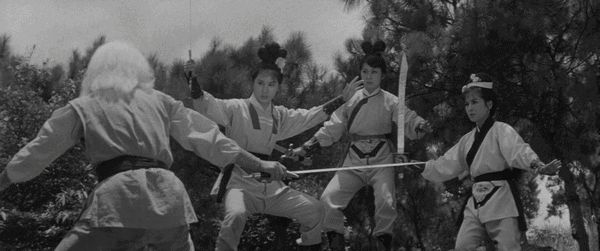
Of course, we can predict all the answers and the surprise element is not the point here. It is also not a tale loaded with many shades of gray or psychological development. Characters are good and bad and their deeds are black and white also Nevertheless, watching brings loads of pure joy. There's a lady disguised as a male (the eldest sister), there are cheeky female warriors and the filthy villains, and of course, plentiful fights accompanied by rhythmic sword's cling-clongs and whooshes. Interestingly, the presence of female warriors does not make this story feminist. The theme of fighting ladies was a popular choice. And the siblings from “The Vengeance…” are not emancipated or on their quest for gaining individuality, they are typical daughters of a patriarchal family, who must follow particular social ethics and codes of behavior. Once their fight is done, they might throw the blades. (Joanna Konczak)
3. Blind Woman's Curse (Teruo Ishii, 1970, Japan)
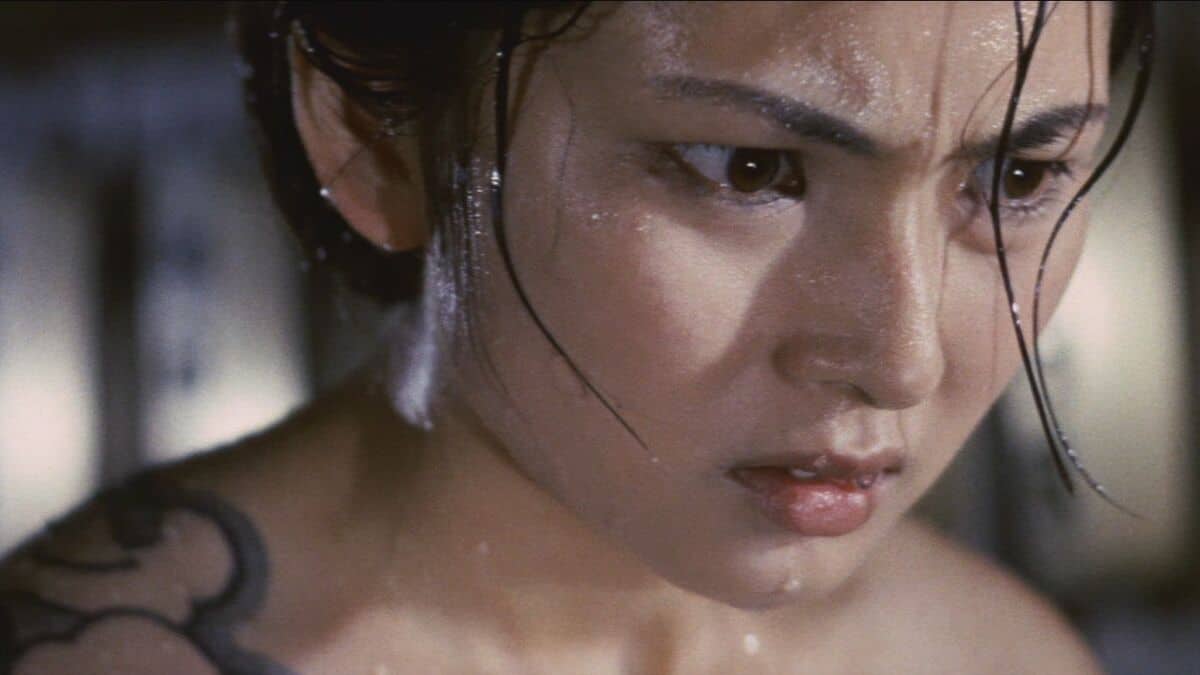
Starting with the first showdown between the gangs, continuing with the finale one, which also features the five-part tattooed dragon in all its glory, and concluding with the final duel, the action scenes are truly astonishing, a testament to both the quality of the production values and the action choreography. The same prowess extends to the characters, and subsequently, to the acting. Meiko Kaji as the female yakuza boss is impressive in every scene she appears in, with her portraying her rage, worry, resolve, and guilt with equal eloquence, while her trademark visage steals the show whenever the camera makes a close-up to her face. Toru Abe makes a truly despicable villain as Dobashi; Shiro Otsuji portrays the coward turncoat Tatsu quite fittingly, while the “dangerous clown” Aozora is portrayed with gusto by Ryohei Uchida, in a role that seems to have inspired Sonny Chiba for his portrayal of Otomo in “Hiroshima Death Match”. Hoki Tokuda as the blind Aiko is equally mysterious and dangerous, while Tatsumi Hijikata puts the final straw in this absurd collage of characters as the hunchback dancer. (Panos Kotzathanasis)
Buy This Title
4. Stray Cat Rock: Sex Hunter (Yasuharu Hasebe, 1970, Japan)
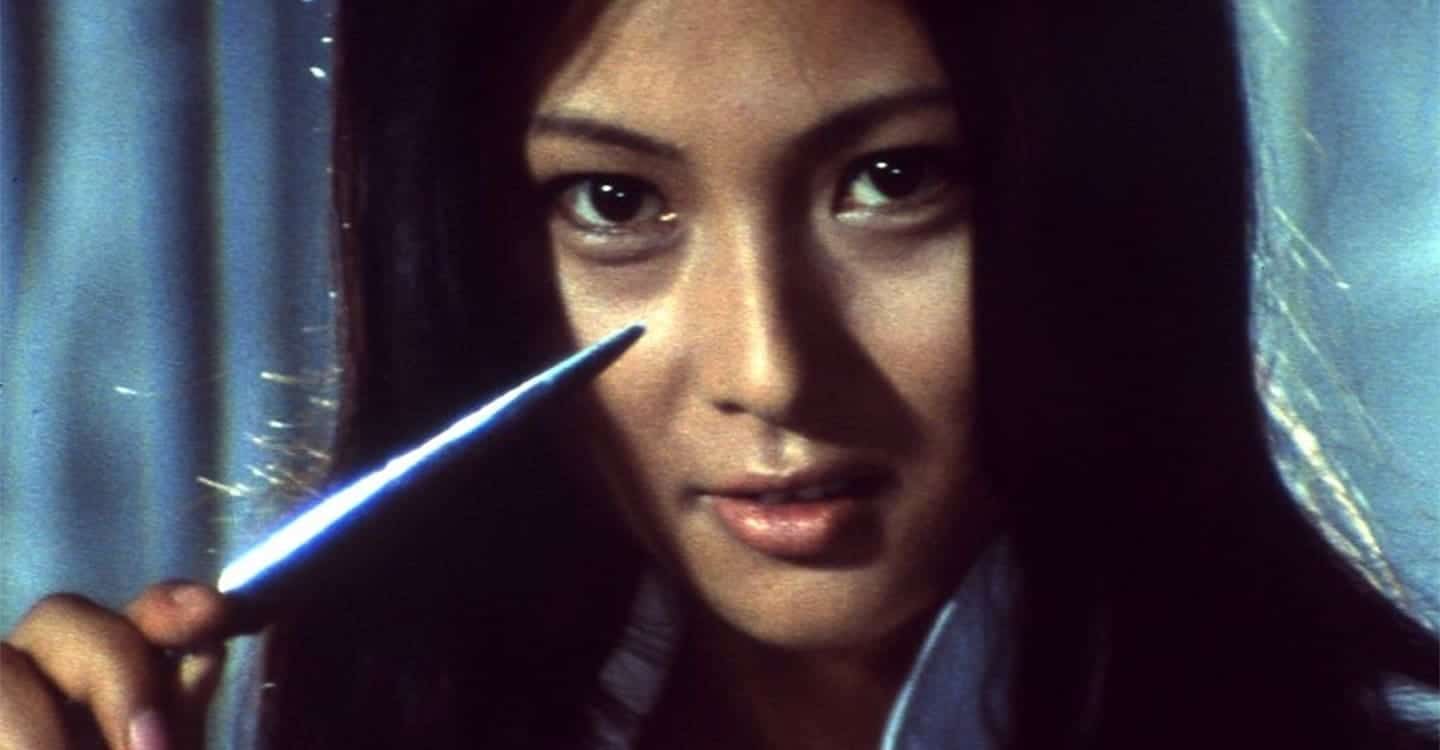
Furthermore, the message against racism is also implemented through the presence of the all female group Golden Half, all of which were offspring of Japanese mothers and foreign mothers, a concept they actually exploited as the main selling point of their significant success. Furthermore, Rikiya Yasuoka, who plays Kazuma is Japanese-Italian, while a revelation towards the end of the film adds another knot to the whole concept, this time through the script. (Panos Kotzathanasis)

5. Red Silk Gambler (Teruo Ishii, 1972, Japan)

In terms of coherence and social commentary, there is not much in the film, which essentially follows a line of episodes that alternate between female nudity and occasionally torture, and action scenes, with a few exceptions of a bit of melodrama, which is actually where the film falters. The action scenes however, are excellently designed, choreographed and shot, highlighting Shigeru Akatsuka's cinematography, Isamu Ichida's editing and Jiro Tomita's production design in the best fashion. The ones Tiger Lily has to face her later comrades, the one where Omon enters the den of the yakuza and uses a set of metallic balls to track their movements after she has extinguished the lights, and the finale one that also has Sugawara participating before the rather tragic ending are truly memorable and actually carry the movie beyond its contextual shortcomings. The level of the production values and Ishii's direction is also highlighted in a number of other scenes, with the gambling den one and the girl's torturing being equally artful despite their intense exploitation elements. Furthermore, these scenes also establish the despicability of the villains, with Asao Koike in particular giving a very convincing performance as the main villain. (Panos Kotzathanasis)
6. Female Prisoner #701: Scorpion (Shunya Ito, 1972, Japan)
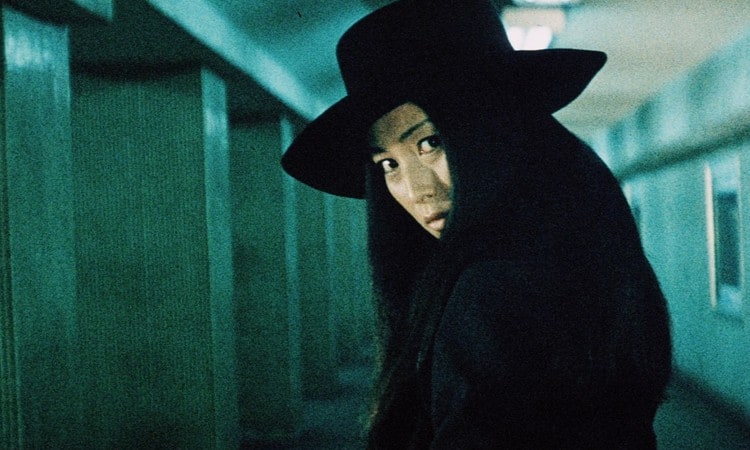
Ultimately, “Female Prisoner #701: Scorpion” is an impressive first film for director Shunya Ito as well as a great performance by Meiko Kaji turning her character, the angel of revenge with the big black floppy hat and the wide black coat into an unforgettable image. It is a visually striking and inventive film, which – despite its exploitation-roots – has been taken seriously by the people involved in the making of it, an aspect evident in every scene of this magnificent movie. (Rouven Linnarz)
Buy This Title
7. Lady Whirlwind (Huang Feng, 1972, Hong Kong)
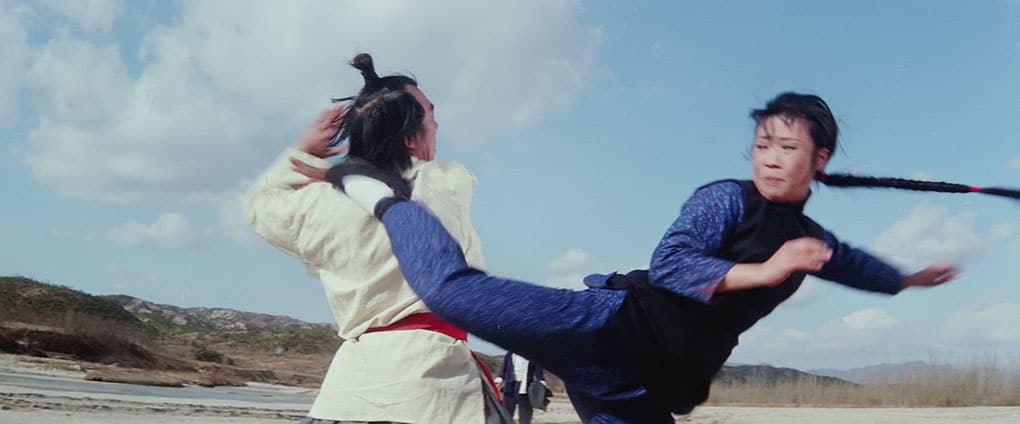
In her second feature with Feng, Mao's Tien Li-Chun is out to avenge her sister, but revenge doesn't play out in a typical fashion. Upon finding her target, Chang Yi‘s Ling Shi-Hao, Tien agrees to help him take down his enemies so that she can save the pleasure of killing him for herself. As the narrative progresses, Ling becomes the hero of the tale, as he and Tien agree to put their quarrel on hold until Pai Ying‘s Japanese antagonist is defeated.
“Lady Whirlwind” starts with a bang as Mao announces herself with style, trashing a casino in a blistering opening battle. Feng shows his early skill as an action director through several breathless fight sequences that are wonderfully choreographed. The cliffside showdown during the finale and a brawl at an old temple are particularly cinematic. Despite adopting the bizarre title “Deep Thrust” in the USA, the film was a success in the West for both Feng and Mao, setting the benchmark for their future collaborations. (Tom WIlmot)
Buy This Title From Arrow by clicking on the image below (use code ASIANMOVIEPULSE for 5% off)
8. Hapkido (Huang Feng, 1973, Hong Kong)
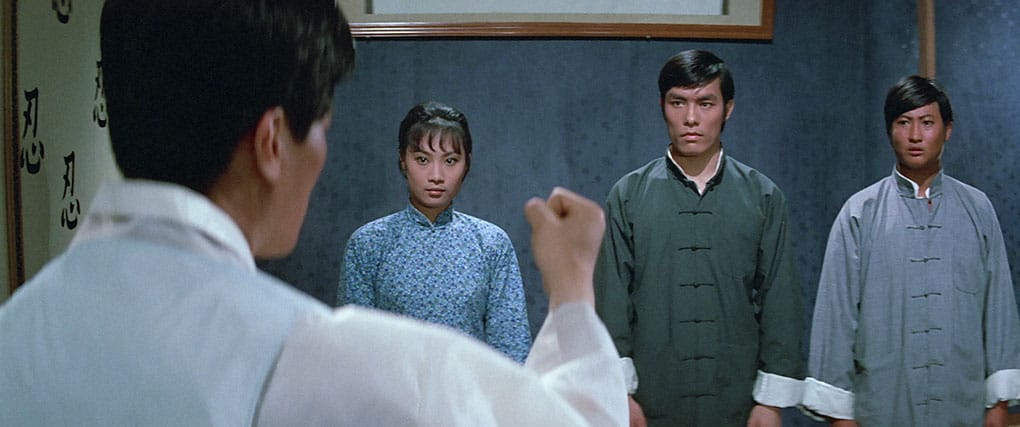
“Hapkido” is possibly Angela Mao‘s most widely acclaimed film, and upon viewing, it's easy to see why. Mao, along with fellow Hong Kong kung fu stars Sammo Hung and Carter Wong, finds herself at war with a Japanese dojo that opposes their teaching of the Korean martial art of hapkido. Frequent and enthralling fight sequences are littered throughout, keeping you engaged in the action and narrative. While Mao is undoubtedly the star of the show, Hung and Wong both put in stellar performances tinged with humour.
As is the case with many of Mao's projects with Huang Feng, her character takes a while to grow into the film before grabbing it by the balls and unleashing carnage. Never has an umbrella looked more threatening than when in the hands of the queen of kung fu herself. The most memorable sequence sees Mao single-handedly take down almost the entire Japanese dojo, dishing out cold vengeance whilst displaying intense composure. Of all Feng and Mao's collaborations, there's a case for “Hapkido” being the best of the bunch. (Tom Wilmot)
9. Sex and Fury (Norifumi Suzuki, 1973, Japan)
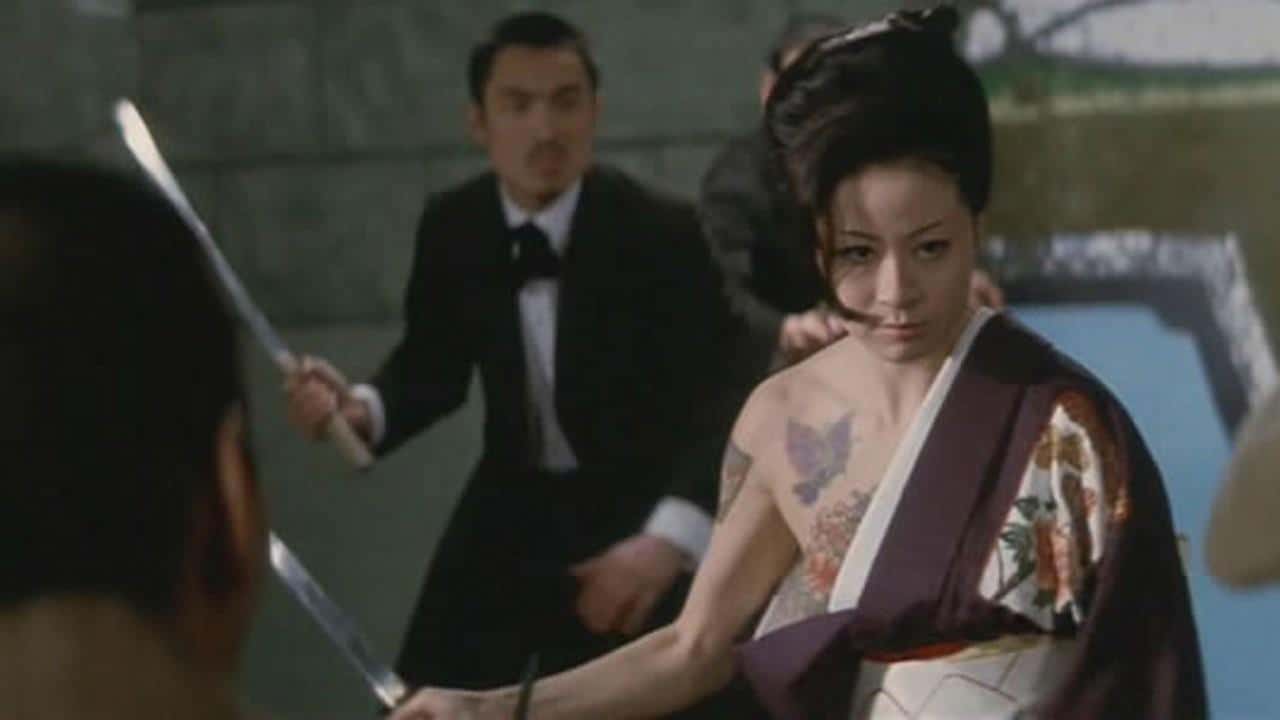
Another one from the movies Quentin Tarantino drew from in creating “Kill Bill”, “Sex and Fury” reinvigorated the “female gambler” subgenre chiefly by including nonstop violence, nudity and sex. Suzuki distinguishes himself from the others filmmakers of the category, due to his superior competency in cinematography. In “Sex and Fury”, he incorporates several vivid colors to highlight the violent scenes, thus creating an exquisite visual outcome. Furthermore, he uses rapid camera cuts, bumpy shots by a handheld camera, and sudden zooms on the action to highlight the frames. Aside of the above, the most distinguished characteristics of exploitation films are present, even including girl-on-girl action and a surreal scene with some nuns wielding knives on a train. Reiko Ike is impressive as Ocho, at least equal with her “rival” in the female killer genre, Meiko Kaji.
10. Lady Snowblood (Toshiya Fujita, 1973, Japan)
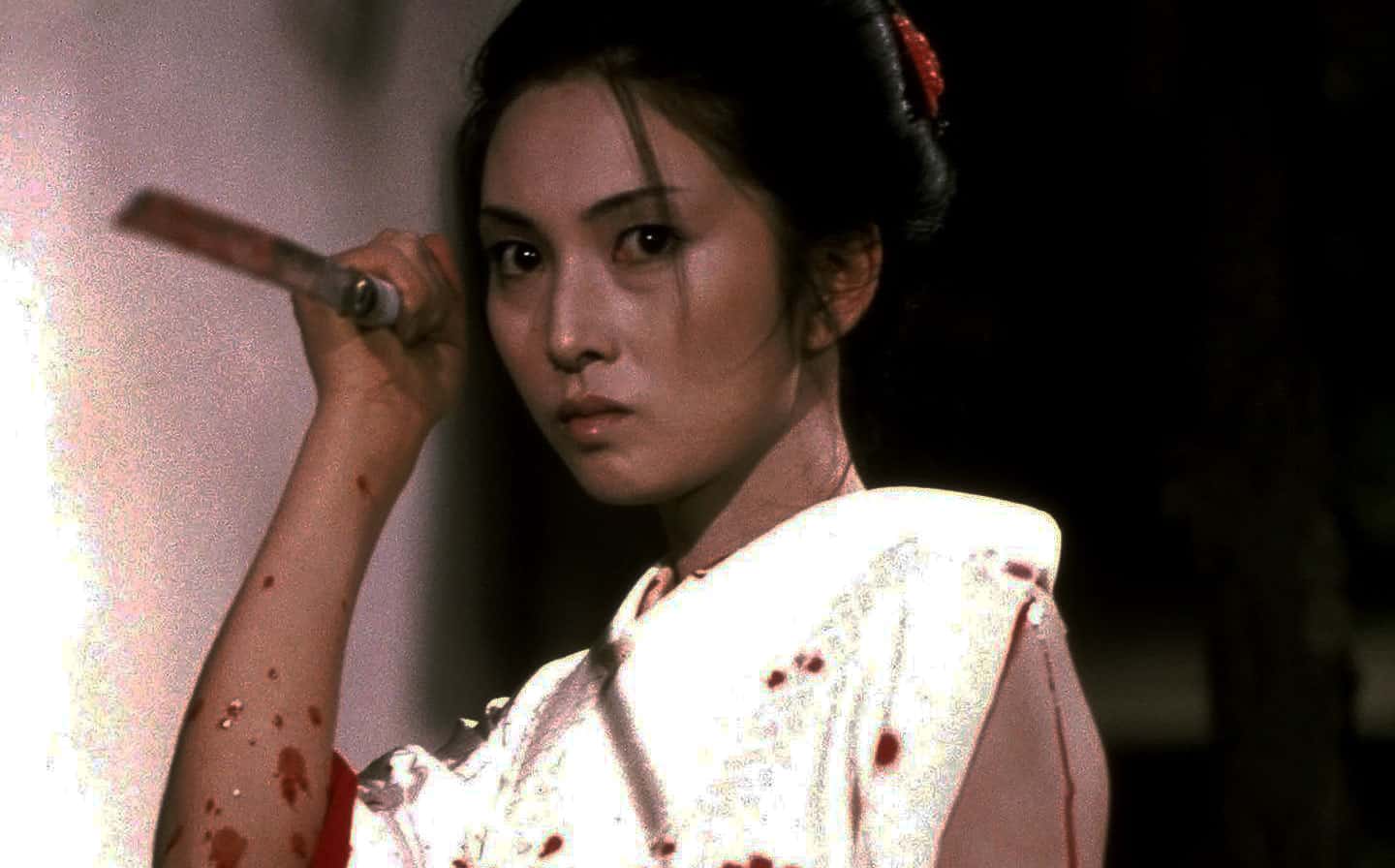
In the end, “Lady Snowblood” is a great example of the value within the exploitation genre, as a means to show an extreme and “heightened” view on a period and consequently pointing at its flaws and shortcomings. It is a feature which strongly depends on its magnificent lead actress whose performance rightfully deserves praise and is one of the main reasons this feature along with its sequel remain relevant. (Rouven Linnarz)


